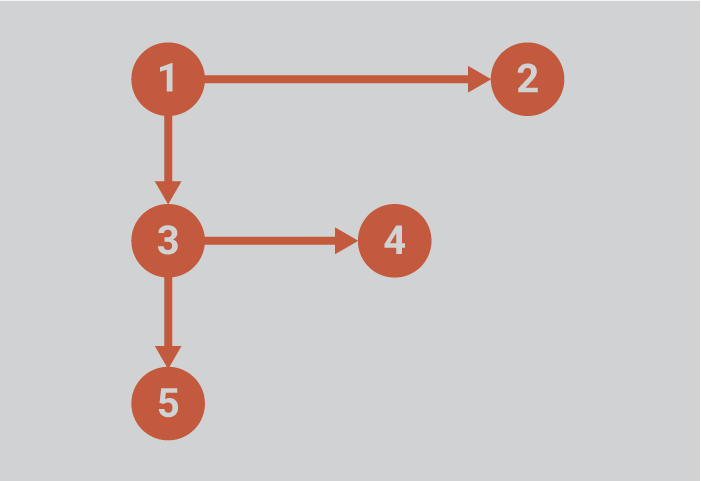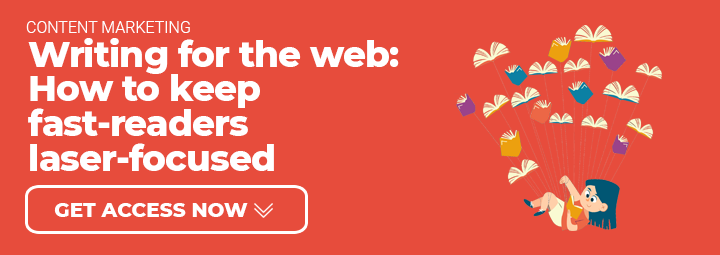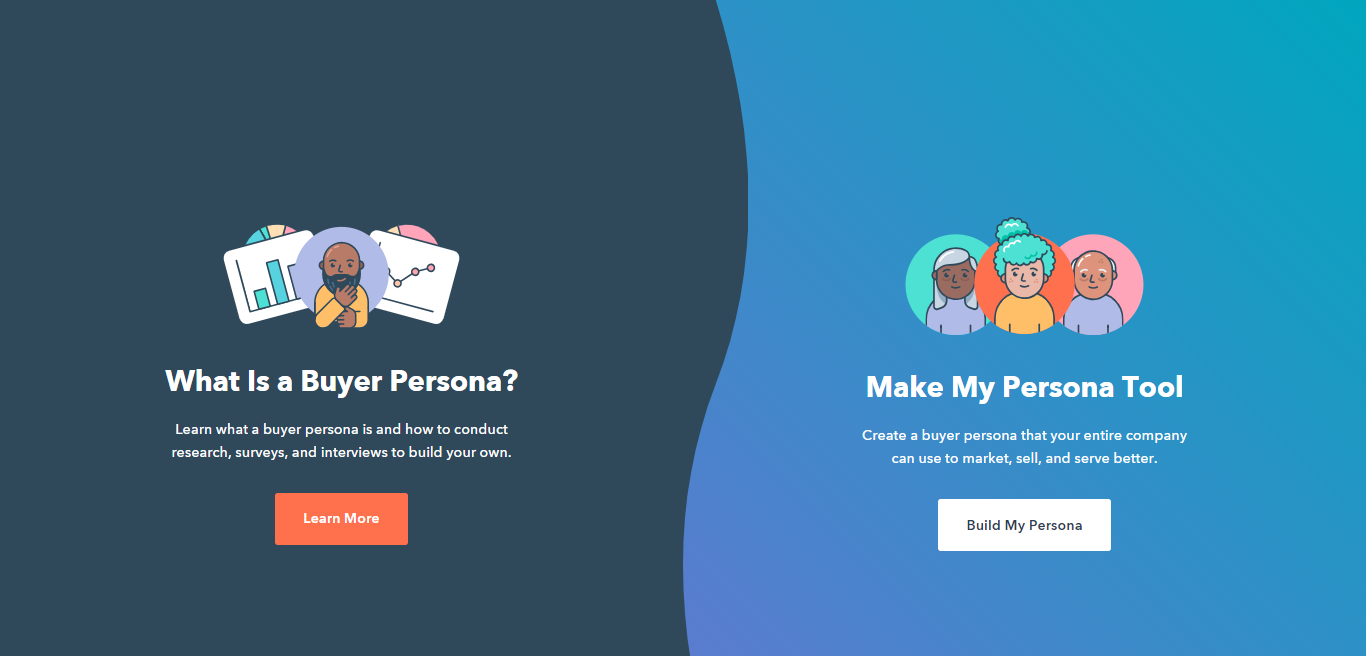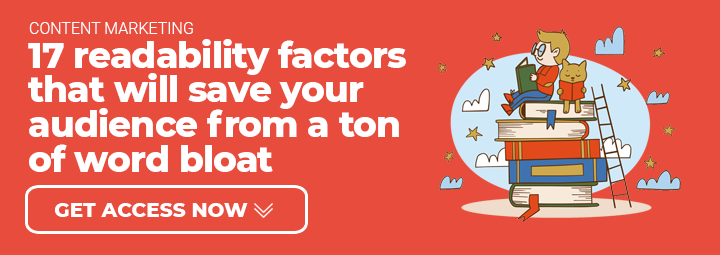You know… thinking of how to write a blog post always makes me remember my 20s.
One thing I liked to do was build 1,000 pieces jigsaws, like this one:

- It was relaxing;
- It was brain stimulating;
- It was fun.
Now…
Can you imagine building a jigsaw puzzle like this blindfolded?
Not having the full picture as a guide?
- You would feel lost not even knowing how or where to start;
- You would feel frustrated with so many options;
- You would feel tired by putting so much effort on 2 pieces knowing that are still 998 ahead.
Your blog doesn’t need to be an imperfect jigsaw puzzle.
That’s how most people feel when they think of how to write a blog post.
The most common questions I’ve found on Google were:
- How to structure a good blog post?
- How do I write an engaging blog post?
- What makes a successful blog post?
People ask these questions often because they are producing content but…
- They feel frustrated with the results;
- They feel they’re not engaging their audience;
- They feel they don’t have a clear vision of what steps to follow.
The truth is…
…most people start with no strategy at all, picking random pieces and trying to put them together by chance.
Most people are frustrated with the results of their blog posts because they are writing to a calendar, not to an audience.
However…
If you’ve ever built a 1,000 jigsaw puzzle (or bigger), you know that the best strategy is to start by the borders.
You can start making sense of that pile with these pieces because…
- They are easy to identify;
- There are just a few of them;
- They form a frame where all the pieces come together.
In other words, you create a process to follow.
Because you need the same process to build 1,000 pieces blog posts, I created what I call the SDSR technique.
This is how to write a blog post with SDSR:
- Specific
- Detailed
- Skimmable
- Readable
[bctt tweet=”Most people are frustrated with the results of their blog posts because they are writing to a calendar, not to an audience.”]
Keep reading to know more about:
Downloadable content in this article:
Useful links in this article:
Specific: What to write and to whom are you writing?

Would you write the same letter to your granny and to your bae?
Why not?
Because what you write is mostly determine by whom are you writing to.
People engage more when something is specifically offered to them.
That’s where your customer persona gets in.
The desires, fears, goals, hobbies, interests, family relationships, and salary range of your audience is what makes a persona.
It’s the personification of your potential customers.
The more specific you are, the better.
Why should you have a persona?
A better version of your audience is what you, as a content creator, must build through valuable content.
Believe me: some people don’t know they have a problem until they find the solution for it.
That’s why you should know your audience even better than themselves.
That’s a huge foundation for your Content Marketing Strategy.
How to first create your customer’s persona

Start with you.
If you’re starting out and still don’t have an audience to survey, the only real data you have is from yourself.
Start by answering questions like:
- What brought you to this niche?
- What are the “pains” you have and how could you be “healed”?
- What challenges you have before you?
With this data, it’s time to create a persona, give them a name, and all the personal information you need.
To do so, I recommend using Hubspot’s Make My Persona Tool. It’s free, online, easy to use, and effective.
This tool allows you to create up to 3 customers personas and save them in a free account to check, analyze, and update it.
Detailed: the 3 questions you should ask yourself before writing the next blog post

How to write a blog post when you don’t know how many topics you’re going to approach?
This is one of the first things you should put together.
Think before ink.
Content Creators always ask themselves:
- How many means “too few”?
- How many means “too much”?
- How deep should I go?
Numbered answers to those questions are always wrong.
It’s not a math issue.
SEO gurus are always showing you numbers because that’s the outer layer of a much deeper concept.
It’s easier to show you some numbers like:
- Oh, 1,000 words long blog posts get more share.
- Ah, 500 words long blog posts are crappy;
- Eh, 10,000 blog posts will never engage people.
Do you want to write blog posts minding word count as a metric for quality? Really?
Approaching SEO using math is a weak perspective.
Why?
Because it’s not what Search Engines (AKA Google) are aiming at.
Google algorithm robots are not looking for numbers, they are looking for quality.
SEO strategy is not about beating Google’s algorithms, it’s about delivering value.
Robots can’t figure out the quality of the content accurately, so they ask real people to do so.
When more people are linking back to that content, that’s a clue of good quality content.
That’s how the concept of backlinks was born.
Now tell me: you, as a real person, has ever looked to a piece of content and counted the words?
I think you haven’t, that’s why I’m going to show you an alternative to that matter.
How to plan a new content minding value?
Imagine a street with houses one beside the other.
Every house represents a subject.
Every floor of a house is a topic inside the subject.
If you approach 5 subjects within a piece of content, you have 5 houses on the street.
If you approach 1 subject with 5 topics, you have 1 house with 5 floors.
The more houses you build, the more subjects you will address.
The more floors you build, the more topics, inside the subject, you will approach.
Question #1: How horizontal should my content be?

Horizontal Content is how we call the houses you build.
This is an important matter because the more houses you build, the more work you will have to increase the number of floors.
That is, the more subjects you explore, the harder it becomes to plunge deep into each one of them.
After all, your audience has limited memory and you, limited time.
So how horizontal you want to explore your content is a fundamental question.
The base concept is…
People often tend to remember 3 to 5 topics.
After that, they categorize your content as “many” and it’s harder to store the information you’re addressing.
Remember: Base concepts are what they intend to be, a base, not a rule. It’s a starting point, not an ending one.
Question #2: How vertical should my content be?

Vertical Content is the floors you create in a house.
How tall your house will be or how deep will you approach the topics?
Imagine 2 audiences looking for these topics:
Audience #1: The cheapest computer mouse available;
Audience #2: The best vertical ergonomic mouse in the market.
Can you imagine that people looking for the cheapest mouse only care about the price?
People looking for the best vertical ergonomic mouse is something else entirely.
How can you tell?
The specificity of the question determines the depth of the answer.
Aha!
The answer is always in the question.
That’s how vertical you should go:
- The best (not the cheapest);
- Vertical;
- Ergonomic.
Is there any need to go beyond that?
Is there any need to count the words to deliver that value to that audience?
Now you’re thinking straight.
Question #3: What’s the awareness level of my audience?

How much does your audience know about a topic?
Let’s go back to the two audiences we talked about a minute ago searching for a mouse.
We understood that the depth of the content regards the specificity of the matter.
It’s a strong foundation but…
Let’s focus on the second audience for a bit.
People looking for the best vertical ergonomic mouse must know a lot about that topic, don’t they?
Two types of customers is what you always have:
- Casual customer;
- Careful customer.
The casual customers are not into details.
They don’t care about all those bullet points you threw on them.
They don’t care about all those “300-things-you-don’t-know-about” kind of approach.
They need to get in and get out as fast as they can with the solution they need.
The careful customers, however, want to dive deep into the subject and know all the nitty-greedy aspects of it.
They need:
- Secrets;
- Comparisons;
- Social Proof.
The more you hear from your audience, the more you know them better to understand their awareness level.
that’s why creating your persona is so powerful.
In short:
- For a wider, mass audience, with basic or no knowledge, build more houses;
- For a defined, segmented audience with a good knowledge base, build more floors.
[bctt tweet=”Google algorithm robots are not looking for numbers, they are looking for quality. What about you?”]
Skimmable: Make the best use of the “F-shaped pattern”

Most people don’t dive head first into a long-form written content online.
They first take a general look of what the content has to offer.
Jakob Nielsen study proposes just that after surveying readers behavior over thousands of pages.
He observed a dominant reading pattern looking like the shape of an “F”: two horizontal lines followed by a vertical stripe.

The heat signature follows the time the audience is spending reading each line.

This graphic shows the steps made on this pattern.
What does it mean for your writing process?
The implications of the F-shaped pattern are clear and you must take it into consideration when writing for the web.
- Your audience won’t read the entire text;
- Your audience won’t read in the same order you write;
- Your audience is fast.
To better understand the strategy behind this, a detail and specific approach is needed.
[ eBook ] Writing for the web: How to keep fast-readers laser-focused

Keeping a super fast audience with tons of options on their fingertips is a must-do regarding blog posts.
To make sure everything is covered in an in-depth, step-by-step approach, I summarized everything for you in an eBook.
What you’re going to find inside:
- The Powerful 5-method blog post introduction;
- The 2 most-engaging words in English;
- The rule of 3;
- Transition words;
- Write like the professionals: compose your TUFD;
- The 3-steps revision process.
Download your free copy now to engage your fast audience
Readable: Why some texts are so hard to keep your eyes on and how to make just the opposite

Readability is how easy and enjoyable a written text is to the reader.
As we just saw, the online readers are fast and they skim the text before diving into something.
When they skim your blog post and find something interesting, your text can’t let them go away.
5 key factors can make your blog post great to read:
1) Word choice;
2) Active voice;
3) Word length;
4) Sentence length;
5) Paragraph length.
Let’s dive into them.
Readability Factor #1: Word choice

There’s a myth around writing saying that it must be formal or use “difficult words” to be profound and valuable.
The truth is: You won’t look more clever by using words like:
- Value-added;
- Revolutionary;
- Impactful;
- Best-of-breed;
- Cutting-edge.
- Resourceful.
“Write in a way that comes naturally… prefer the standard to the offbeat.”, writes Ann Handley in her book: Everybody Writes.
On the other hand…
Avoid Weblish words, Frankenwords, obese words, and words that you wouldn’t whisper to your sweetheart in the dark.
Like:
- Amazeballs;
- Listcle, charticle, farticle (list-article, chart-article, fake-article);
- Clickability;
- Awesomesauce;
- Fantabulous;
- Ginourmous
How to write a blog post with the proper set of words?
Start by reading your content out loud before publishing it.
If it sounds strange it’s because it is.
Readability Factor #2: Active voice

Verbs in a sentence are either active or passive.
Passive voice means that something is being done to something, instead of something doing the action on its own.
Check these examples:
| Active Voice (doing) | Passive Voice (being done) |
|---|---|
| Customers can buy this product in our webshop. | This product can be bought in our webshop. |
| A security employee checks the bags. | The bags are checked by a security employee. |
| The manager informs his employees about their financial contribution. | The employees are informed about their financial contribution. |
Using passive voice is not wrong but you will make a massive improvement in the readability of your blog post by using active voice.
Why?
The active voice sounds zippier.
You can tell yourself reading the examples we just saw.
Which sounds more alive to you?
Guess what! Your audience agrees with you.
Readability Factor #3: Word length

Try to read these words:
- Floccinaucinihilipilification;
- Incomprehensibilities;
- uncopyrightable;
- sesquipedalian.
Yes, they are actual words, ok?
Try to pronounce these beauties out loud in public places and people around you will run for their lives.
The thing is, they can be easily replaced by these words:
- At little value;
- Hard to get;
- Not able to be protected;
- Long word.
Better?
One Golden Rule for copywriting is: the shorter, the better.
One syllable words are the best reader’s friends you can provide.
Readability Factor #4: Sentence length

You did this, didn’t you?
Back in high school, Mrs. Barns asked you to kindly write a 30 lines essay and you just filled it with sentences as long as this one that I’m writing right now with no necessity or purpose at all just to reach that goddamn line.
Now you want to write a blog post of 2,000 words the same way?
The truth is, copywriters, marketers, journalists, presenters, are doing this right now.
What Mrs. Barns would think, huh? Tisc, tisc, tisc…
To make justice to Mrs. Barns that have read tons of fuzzy wordiness piece of nothing and every reader out there…
…here is a list of…
[ Infographic ] 17 readability factors that will save your audience from a ton of word bloat

Respect your audience’s time is one simple thing you can do to add value to your blog posts.
Reduce the text to the minimum required for understanding sounds simple but it’s far from that.
The list was created analyzing the copy of thousands of marketers, journalists, bloggers, and writers in general.
The compilation of that data came to this most-repeated mistakes that you don’t want to write.
Some of them are:
1) Ways by which = ways;
2) Continues to be = remains;
3) In order to = to;
And 14 more!
Make your copywriting flow.
Readability Factor #5: Paragraph length.

Oh, is it all about length?
Pretty much!
If not, tell me: how adorable this paragraph looks to you?

Not a tiny bit, I guess.
You can improve your blog posts readability by delivering:
- Brevity;
- Clarity.
Short words, sentences, and paragraphs make the job done.
Computer vs mobile paragraphs.
Paragraph length depends on the device your audience is reading.
As more and more people are reading on their mobile devices, you need to take this into consideration.
You’re probably not writing your blog posts on a cellphone or tablet…
…so it might be hard to determine how long and stressful your paragraph is becoming on those devices.

How to approach both sizes so you don’t have much difference in between?
1) Keep your computer lines from 2 to 3 lines;
2) Keep the same font and size on your editor the same on your WordPress theme;
3) Keep the width of your editor as close as you can to a mobile device.
To check the mobile size of your paragraph before publishing:
Open the WordPress blog post visualization on the browser and reduce the width of the window to the minimum by dragging the right or left edges.
If you’re using a responsive WordPress theme (you must!), it will reshape the visualization to the mobile size.
That will give you a precise idea of the paragraph sizes on a cellphone or tablet screen.
[bctt tweet=”Write in a way that comes naturally… prefer the standard to the offbeat., writes @annhandley in her book: Everybody Writes.”]
PS: Why you will never write the perfect blog post
Perfect, as an adjective, is inapplicable to humans. We are not perfect at all, as anything we do.
That’s a great problem to perfectionists like me.
We have a hard time to complete tasks because they always need something more.
It’s never good enough.
If you’re like me, then this already happened to you:
- Keep revising “completed” tasks;
- Keep improving instead of moving to another task;
- Keep losing hair because of a typo in published content.
But I’ve learned a secret to override perfectionism.
Perfect, as a verb, is totally applicable to humans, in fact, they are a great human ability.
By perfecting my skills every day, I can override the perfectionism that comes from the fear of being not good enough.
By allowing me to create something today that’s not perfect knowing that I can do better because I learned from it, keeps me on track.
The only path to growth is through failure.
May you realize that perfection is not a place where you can get to.
May you realize that perfecting your skills is an ongoing mastery process.
May you realize that, like gold, all precious materials are forged underground.
[bctt tweet=”May the version of you today be the worst ever.”]






